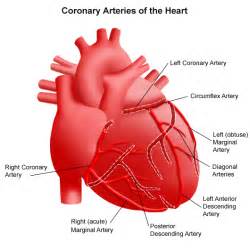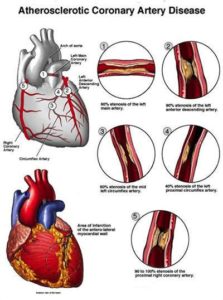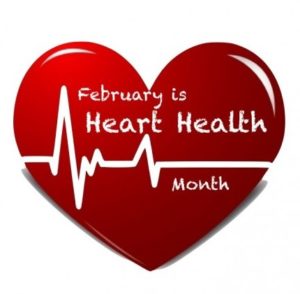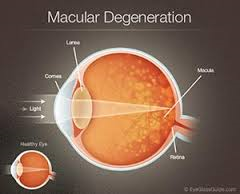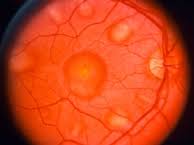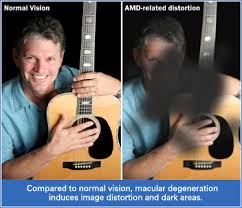


Attack on a Florida high school is the eighth shooting to have resulted in death or injury during the first seven weeks of the year!
Wednesday’s school shooting this past Valentine’s day at Marjory Stoneman Douglas High School in Parkland, Fla., was the 18th school shooting of 2018 — a year that’s not even two months old.
While many of these incidents — including the most recent before Wednesday’s shooting, one on Feb. 8 at New York City’s Metropolitan High School — did not result in any fatalities or injuries, schools nationwide have been rocked by gun violence in recent days. There have been school shootings in 13 states so far this year.
Gun control needs metal detectors in all schools and all states having the same heavy prerequisites to getting a permit.
In NY requisites are being a NY resident or your business is in NY, (a) twenty-one years of age or older, provided, however, that where such applicant has been honorably discharged from the United States army, navy, marine corps, air force or coast guard, or the national guard of the state of New York, no such age restriction shall apply; (b) of good moral character; (c) who has not been convicted anywhere of a felony or a serious offense; (d) who has stated whether he or she has ever suffered any mental illness or been confined to any hospital or institution, public or private, for mental illness; (e) who has not had a license revoked or who is not under a suspension or ineligibility order issued pursuant to the provisions of section 530.14 of the criminal procedure law or section eight hundred forty-two-a of the family court act;(f) in the county of Westchester, … , (i), … (ii), … (g) …
NYS also requires the following:
Reference Letters Currently, I am told you are asked to supply 3 reference letters from people that have known you for at least 2 years (mine had to be from people that knew me at least 5 years, YMMV). The letter should state that you are “of good moral character.” The more detailed and personal it is, the better. This is a basic sample of a Reference Letter (PDF). This is to prove your are of good moral character.
The Interview It’s really no big deal. Look presentable, and be prepared. One individual’s questioning went something like this (my experience was similar):
Q: Why do you want a gun? A: Home defense & target shooting.
Q: Where will you store the gun? A: Unloaded, in a locked box or safe, with a trigger lock.
Q: Where will you store the ammo? A: In a different locked box or safe.
Q: Have you ever owned a gun? A: Yes or No, if yes be ready to supply details.
Q: Is your housemate aware you are applying for this permit? A: Yes, he/she has already signed an affidavit to that end or “I live alone.”
Q: Will you be transporting the firearm? A: Yes, to and from the gun range with no stops.
Q: How will you transport the firearm to and from the range? A: Pistol in a locked box, unloaded and trigger locked. Ammunition in a separate container. Both the pistol and the ammo will be carried in a way so as to obscure their presence on my person.
Q: Have you ever been assaulted? A: Yes or No. Provide details and dates if answer is yes.
Q: Has your domicile ever been robbed? A: Yes or No. Provide details and dates if answer is yes.
Q: When is the use of deadly force permissible? A: When someone has broken into my home and has demonstrated their intention to kill myself or someone else in my home.
You are being given a evaluation on if your mentally stable or not to be even thought of given a gun in NY.
It is not so hard in getting guns in certain other states where others are just as difficult as NY. Consistency on rules could help a lot.
If illegal guns where wiped away in America and not available in this country except legally getting a gun a lot of shooting would be decreased. The man who did the shooting in Florida Monday was not emotionally stable. This man was no way stable enough to carry a gun and if he was checked by NY or other states like it he would never have got a permit or license with his school history problems, no references probably with how the students talked about him on the internet, on top of getting suspended/expelled from a the school. This would set off a red light in NY or other states like NY with the requisites in getting access of a permit for a gun.
God help these students, families, friends, people in Florida and still a big shock to America and the people of it! Please lets make a change in making schools safer and President Trump come through with the statement you made on making the schools safer this month, on 2/15/18!

